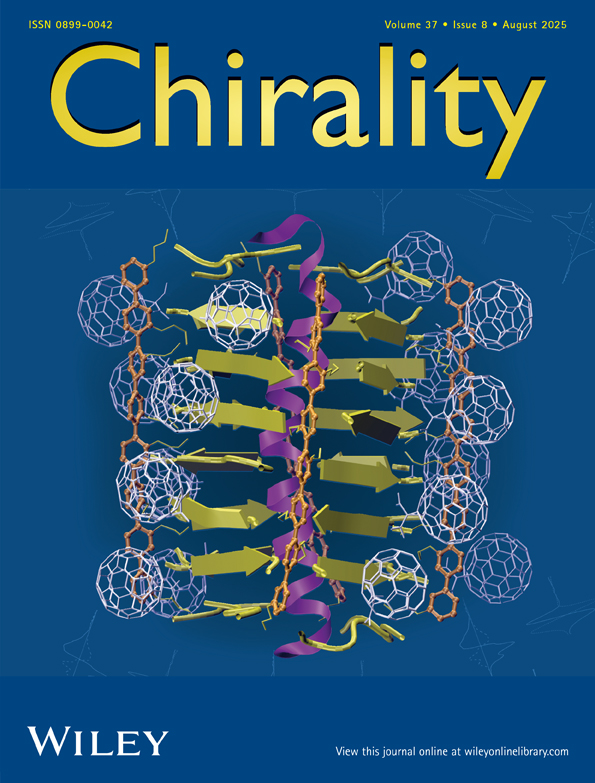Synthesis of a new enantiomerically pure P-chiral phosphine and its use in probing the mechanism of the Mitsunobu reaction
Abstract
A new enantiomerically pure P-chiral phosphine, (S)-cyclohexylmethyl- (1-naphthyl)phosphine (1) was prepared by phosphine–borane methodology and used in a mechanistic study of the Mitsunobu reaction. Enantiomerically enriched (S)-cyclo- hexylmethyl(1-naphtyl)phosphine oxide (8) is obtained if the reaction proceeds through the phosphonium salt 4, whereas the intermediate dialkoxyphosphorane 5 leads to racemic phosphine oxide 8. The results of the experiments including the variation of the reaction conditions and the natures of alcohol and carboxylic acid used in the Mitsunobu reaction prove the competition of two alternative mechanisms (reaction via 4 or 5) on the second stage of the Mitsunobu reaction. Chirality 12:346–351, 2000. © 2000 Wiley-Liss, Inc.




